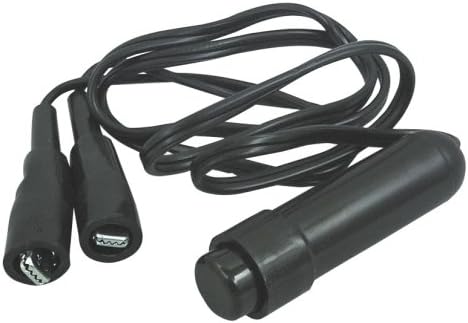- Joined
- Feb 14, 2018
- Messages
- 713
- Location
- United States
- Vessel Name
- Wanderlust
- Vessel Make
- 1999 Jefferson Rivanna 52'
Last weekend, I did full oil and filter changes and fuel filter changes. While doing an air bleed on the port engine, I discovered the manual priming pump was leaking badly when pressed. Replaced it today, bled the system, and then had my wife crank the starter while I cracked open the injectors. First time doing this. Kinda pleased with how it went, overall. The engine fired up and took over after bleeding the second injector. Pretty cool. It’s something I’ve been wanting to learn to do, anyway.
Think I’m gonna pick up a couple of spare injectors. In case one goes out while we’re traveling, I now have the skills to swap it out and get us operational again.
‘Twas a good day.
John
Think I’m gonna pick up a couple of spare injectors. In case one goes out while we’re traveling, I now have the skills to swap it out and get us operational again.
‘Twas a good day.
John

